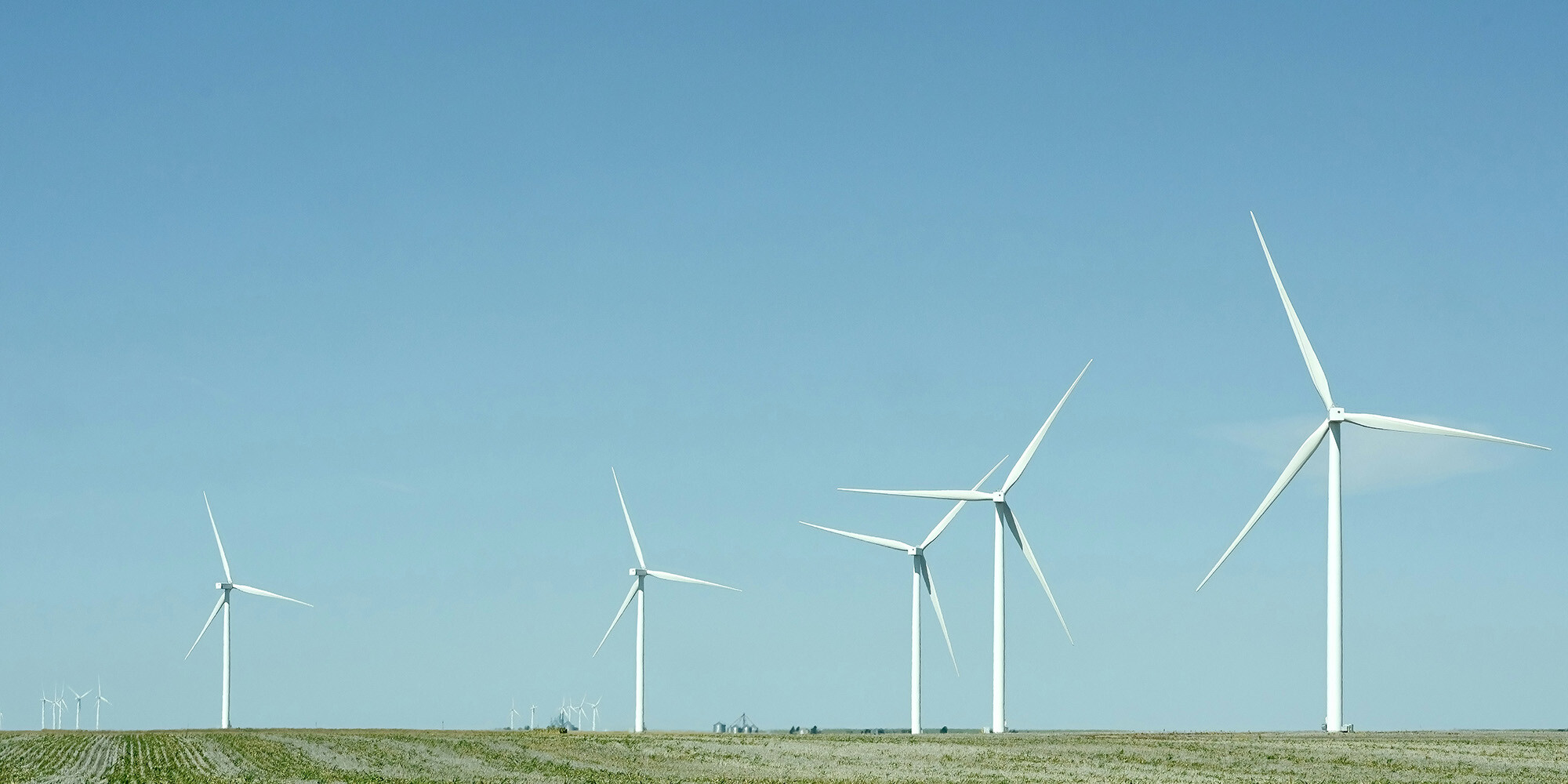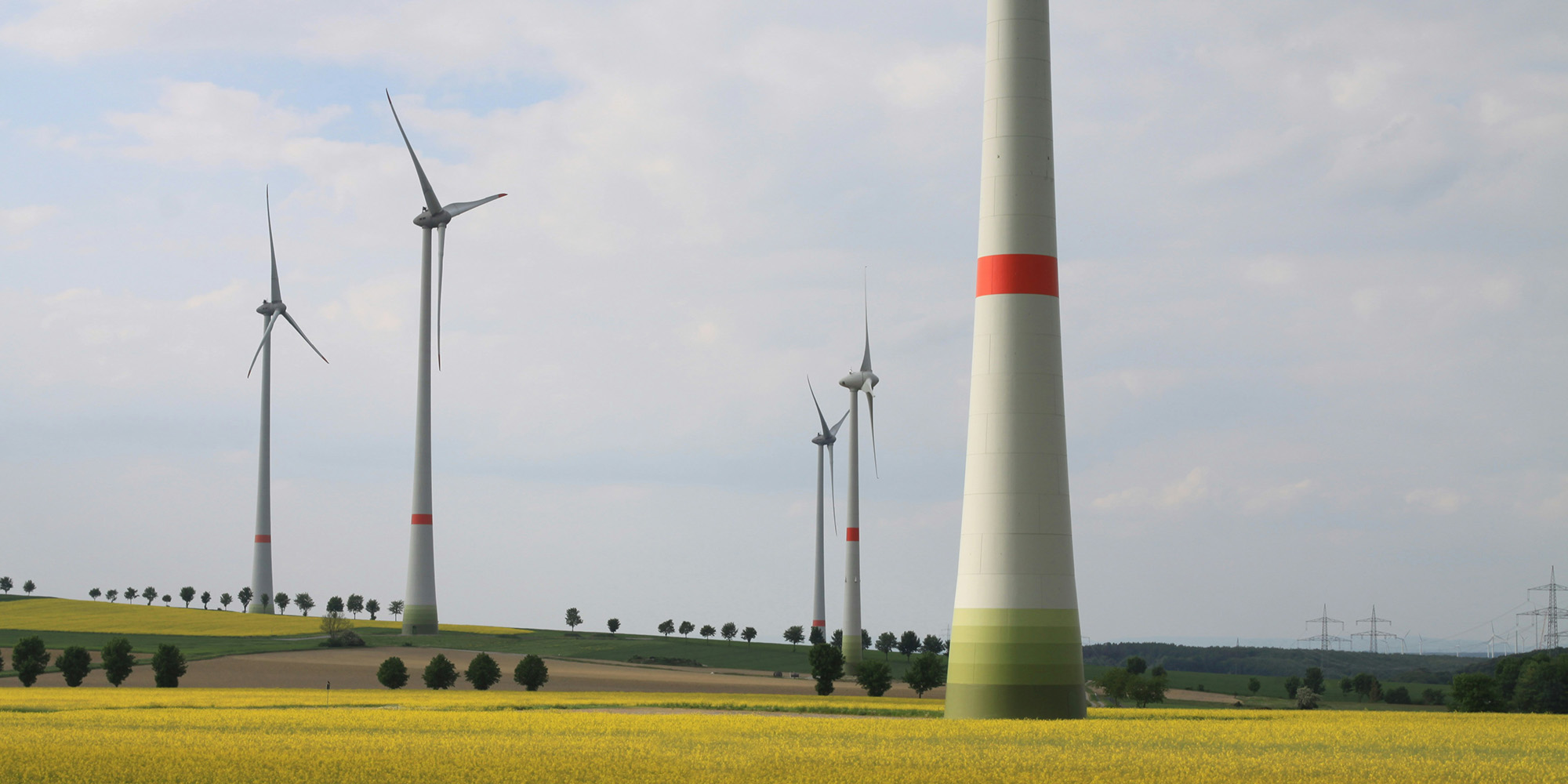What is the status of I-RECs and GECs in China?
On 5 September 2024, the Chinese National Energy Administration (NEA) published new “Renewable Energy Green Electricity Certificate Issuance and Trading Rules,” which make it impossible for any entity other than the national Green Electricity Certificate (GEC) scheme to issue Energy Attribute Certificates (EACs) for renewable electricity generation in China.
Following this, the I-TRACK Foundation, the operator of the I-REC system, announced that local issuers would stop the registration of renewable energy generation devices and halt I-REC issuance, ending with the 2024 vintage. I-REC issuance for previously registered devices will be permitted until 31 March 2025, but only for power generated up to 31 December 2024.
In summary, GECs will be the sole instruments to prove renewable electricity consumption in China from 2025 onwards. This change has introduced uncertainty regarding how companies will procure and utilise these certificates.
How do GECs work?
GECs, like other EAC systems, document the production and consumption of 1 MWh of renewable electricity, enabling buyers to claim ownership of that energy’s environmental attributes, such as reduced CO2 emissions.
The GEC system commenced operation in 2017 and has so far coexisted with other EAC systems, such as I-RECs, and carbon credits issued for renewable energy production. The scheme was designed to allow electricity distribution companies, retail electricity providers, and consumers buying power from the wholesale market to comply with mandatory Renewable Portfolio Standards (RPS). Additionally, it aimed to create a market solution to complement a feed-in tariff scheme for grid-connected onshore wind and solar generation.
GECs are one of several national EAC systems in operation, each presenting challenges and opportunities for renewable energy buyers.
How to buy GECs
From a buyer’s perspective, procuring GECs is not expected to differ significantly from other EAC systems. Partners like Ecohz can assist companies in accessing the volumes needed to cover their electricity consumption in China. However, as GECs have a primarily national focus, some practical aspects for buyers may differ.
- Country-specific transactions: GEC transactions are likely to be handled at a national level rather than through global headquarters. Organisations will need to provide their Chinese registration number for purchases, and invoices might be directed to the Chinese entity or office. The beneficiary’s details are also likely to be required in Chinese rather than English.
- Tradeability concerns: The tradeability of GECs remains uncertain. Many anticipate that GECs will only be sold once, which could make it challenging for organisations to dispose of excess volumes. Companies may benefit from implementing a strategic procurement approach that combines early purchases to secure prices with a buffer to avoid over-purchasing.
Although the GEC system may offer less flexibility than other EAC systems, there is currently no requirement to perfectly match energy consumption with purchased certificates, unlike in countries with stricter national systems, such as New Zealand.
Will GECs be accepted by global sustainability standards?
According to the latest information available, global sustainability standards recognise GECs as a credible system for claiming the use of renewable electricity. CDP includes GECs in its list of valid Energy Attribute Certificates (EACs), and they are also referenced in RE100’s most recent Frequently Asked Questions document.
GECs are available for power plants that meet the latest RE100 technical criteria, such as adhering to a commissioning date within the past 15 years for power plants and incorporating other sustainability considerations for wind and solar generation. Ecohz continues to monitor announcements and updates that may influence how companies worldwide integrate GECs into their climate action plans.


.png?width=3840&height=2560&name=Sun(1).png)

.png?width=3840&height=2560&name=Landscape_2(1).png)





